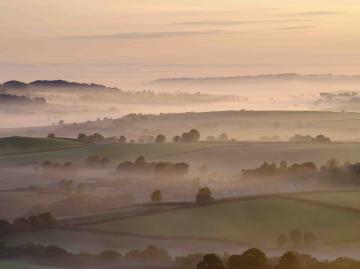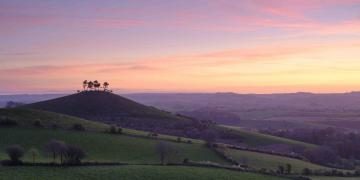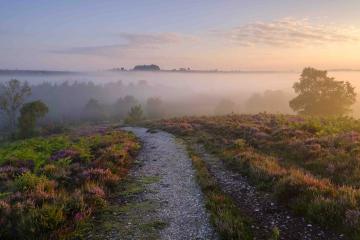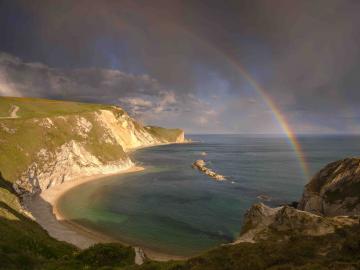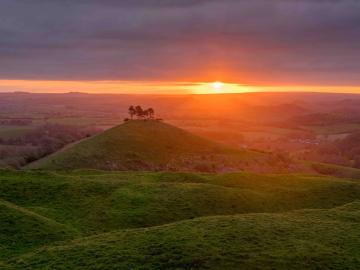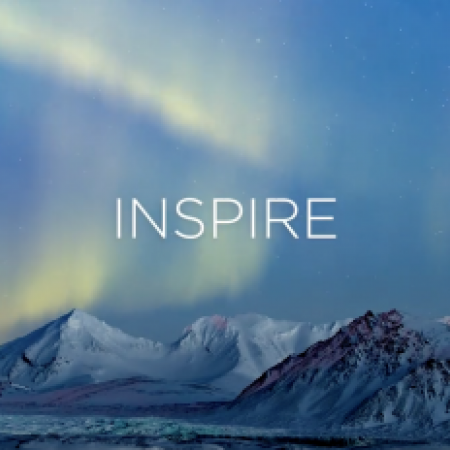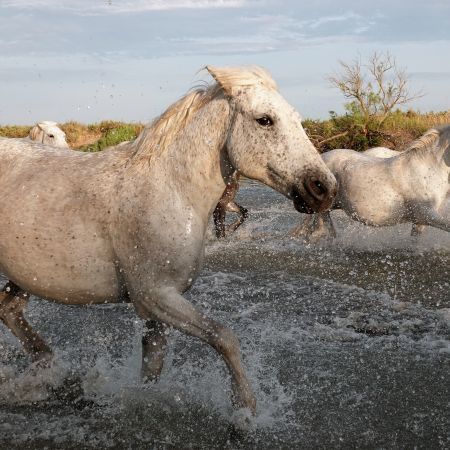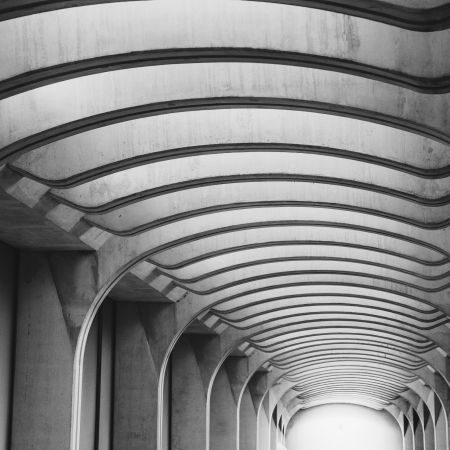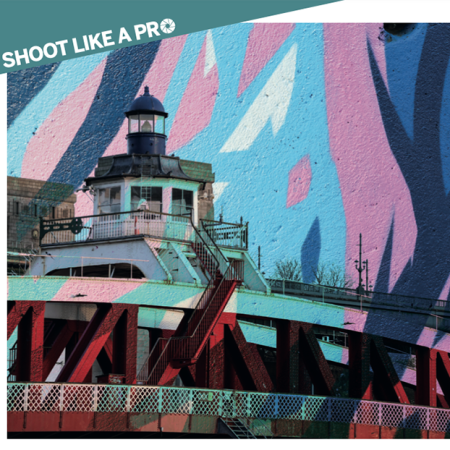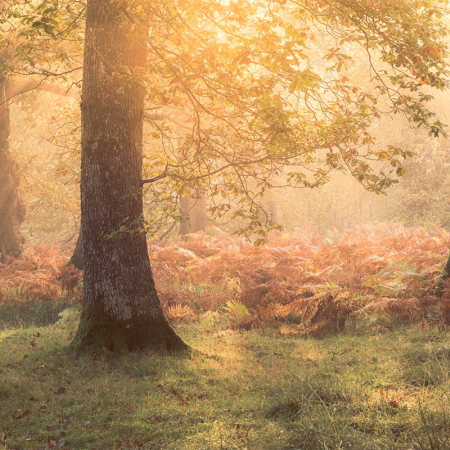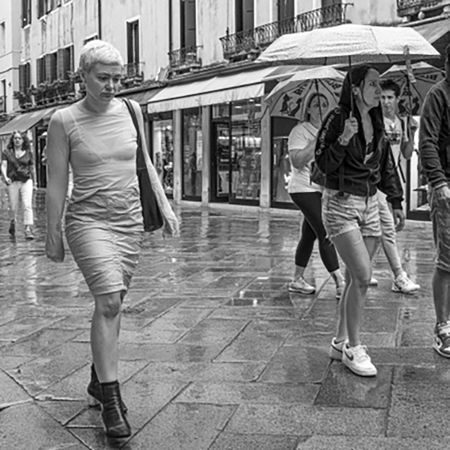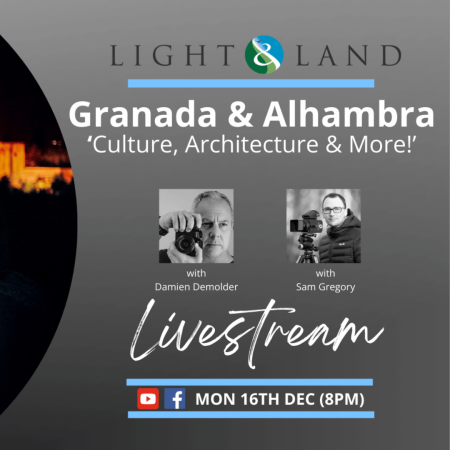Light & Land
Capturing the World’s Beauty on GFX
26th September 2017
Capturing the World’s Beauty on GFX
Landscape photographer, Mark Bauer lives near Dorset’s Jurassic coast, which is world renowned for being stunningly beautiful. This part of the country, as well as travelling with photography provides him with a constant source of inspiration. Armed with a FUJIFILM GFX 50S, travelling to some of the world’s most beautiful locations, he captures some stunning images. In this blog he talks about his experience with medium format, and how the GFX was the perfect companion for his trips.
My Introduction to Fujifilm
I often review kit for the UK photographic press and was once asked to review an X Series camera for a magazine. I loved it from the moment I picked it up – Fujifilm had got the blend of traditional and modern controls absolutely right. I really liked having a traditional aperture ring and shutter speed dial – I’d forgotten how much I missed those features on modern cameras. And the files were outstanding, with excellent colour and tone; it was like looking at some of my old Fujifilm transparencies! And so, I ended up getting an X-E1 and then when it was released, an X-Pro2 with a range of lenses.
Using Medium Format
When I shot film, my main system was a 6x7cm medium format camera – as a landscape photographer there was clearly an advantage in shooting the larger format compared to 35mm. I still think that to some extent, ‘bigger is better’ and larger sensors provide advantages when it comes to image quality. When Fujifilm announced the GFX 50S, I was very excited, as I thought that, if they were able to translate the qualities of the X Series cameras’ files to the larger format, this would be an excellent landscape camera – and it is.
I’d considered digital medium format before, but the cameras were bulky and heavy. Being mirrorless, the GFX solves that problem and only weighs about the same as a full frame DSLR (in fact, a bit less than some models). I have to admit that I’d always preferred optical viewfinders to electronic ones, though the latest generation of EVFs such as the one on the GFX are excellent and there are lots of useful features, for example, live histograms, that you just don’t get with OVFs.
GFX and Landscape Photography
The GFX image quality is superb – the best of any camera I’ve worked with. Resolution, sharpness and dynamic range are impressive enough, but the colour and tonality are class-leading. There was a reason why back in the film days, most landscape photographers used Fujifilm Velvia and the GFX allows you to get a very similar look – only with better shadow detail.
The GFX is a very portable system – not much different to carrying a full-frame DSLR system around. When you’re hiking long distances to get to locations, this is obviously very important and therefore the GFX is an ideal piece of kit for shooting landscapes. The ergonomics of the camera are also really good and it’s easy to customise it to suit your shooting style, so handling becomes very instinctive. If you’re working in rapidly-changing light, you’re therefore unlikely to miss a shot.
It’s also weather-sealed and feels as if it should hold up to the rigours of professional landscape photography – though obviously, only time will tell.
Capturing the World’s Beauty on GFX
All of these photos have been taken at various locations on the GFX 50S. I like to shoot in the ‘golden hours’ around dusk and dawn, when the light is very flattering to the landscape. This means I’m often shooting long exposures and often quite contrasty scenes. These lighting conditions can be very demanding, but the GFX has no problems dealing with them.
It’s hard to choose just one favourite feature on the camera – the tilting LCD makes life easier when shooting at awkward angles, being able to switch easily and quickly between focus peaking and standard view is very helpful and I enjoy being able to change aspect ratio on the fly. However, the one thing I really appreciate above all the other features, is being able to set exposure times of up to an hour in ‘T’ mode. Being able to dial in a long exposure is so much easier than switching to Bulb and locking the shutter open and the fact that the camera meters accurately in really low light levels is a real bonus.
Advice for Shooting Landscapes
Get up early and stay out late to catch the best light; keep it simple – the best compositions are usually the simplest, so exclude anything from the frame which doesn’t enhance it in some way. Prepare carefully – visit locations in advance, work out suitable compositions and know how the light will fall on them.
By Mark Bauer
http://www.markbauerphotography.com/
https://www.facebook.com/MarkBauerPhotography/
https://twitter.com/markbauerphoto

